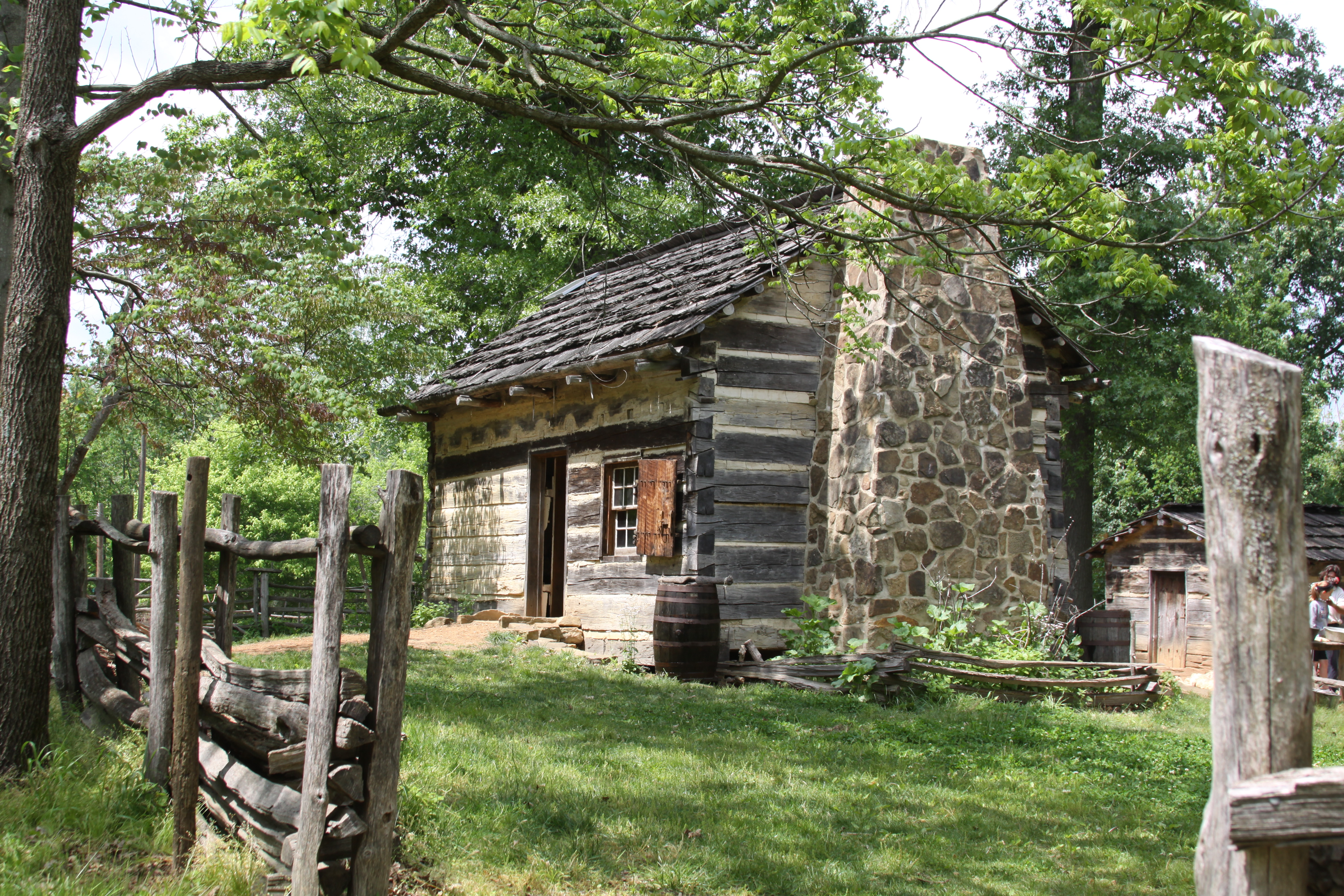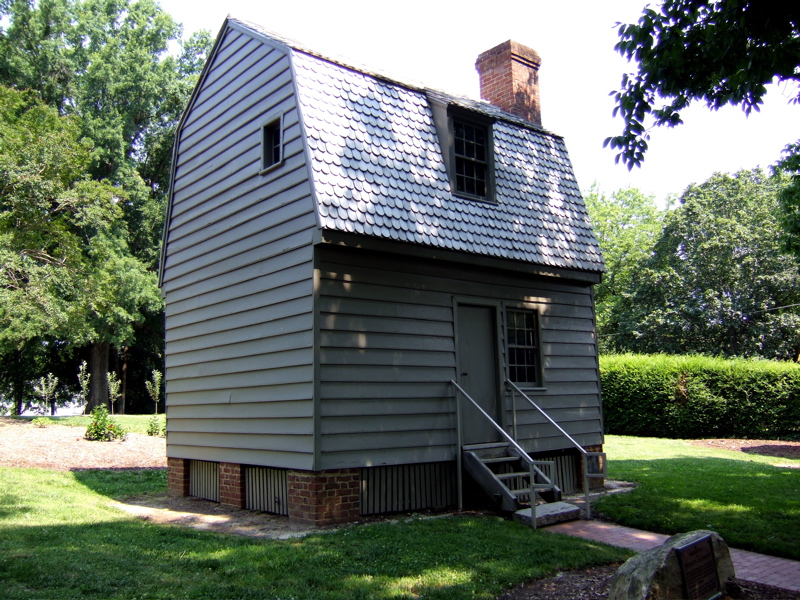|
Lewis H. Stanton House
The Lewis H. Stanton House, nicknamed "The Chimneys", is a historic house in Morris, Minnesota, United States, built in 1881. It was listed on the National Register of Historic Places in 1982 for having local significance in the theme of architecture. It was nominated for its Stick–Eastlake architecture and prominence among the housing stock of Morris. History Lewis H. Stanton (1860–1938) was the son of Edwin Stanton, who served in Cabinet-level positions with presidents James Buchanan, Abraham Lincoln, and Andrew Johnson Andrew Johnson (December 29, 1808July 31, 1875) was the 17th president of the United States, serving from 1865 to 1869. He assumed the presidency as he was vice president at the time of the assassination of Abraham Lincoln. Johnson was a D .... The younger Stanton moved from Washington D.C. to Minnesota for health reasons, and had this house constructed for himself by a former East Coast schoolmate. Stanton left Morris around 1890, moving with ... [...More Info...] [...Related Items...] OR: [Wikipedia] [Google] [Baidu] |
Morris, Minnesota
Morris is a city in and the county seat of Stevens County, Minnesota, United States. The population was 5,105 at the 2020 census. Morris is surrounded by some of the nation's richest agricultural land, and agribusiness is important to the local economy. Headquartered in Morris, Riverview LLP is Minnesota's largest dairy milking operation and one of the largest in the nation. Other large economic contributors are beef feedlots and swine producers, manufacturing, education, and healthcare industries. The town is home to the University of Minnesota Morris (UMM), part of the University of Minnesota system. It was established as a public college in 1960 on the grounds of a former industrial school for Native Americans. Today the campus has a population of approximately 1,900 and is ranked as a "Top 10 Public Liberal Arts College" by '' U.S. News & World Report'' and one of "America's Top Colleges" by ''Forbes.'' [...More Info...] [...Related Items...] OR: [Wikipedia] [Google] [Baidu] |
Eastlake Movement
The Eastlake movement was a nineteenth-century architectural and household design reform movement started by British architect and writer Charles Eastlake (1836–1906). The movement is generally considered part of the late Victorian period in terms of broad antique furniture designations. In architecture the Eastlake style or Eastlake architecture is part of the Queen Anne style of Victorian architecture. Eastlake's book ''Hints on Household Taste in Furniture, Upholstery, and Other Details'' posited that furniture and decor in people's homes should be made by hand or machine workers who took personal pride in their work. Manufacturers in the United States used the drawings and ideas in the book to create mass-produced Eastlake Style or Cottage furniture. The geometric ornaments, spindles, low relief carvings, and incised lines were designed to be affordable and easy to clean; nevertheless, many of the designs which resulted are artistically complex. Although Charles Eastlake ... [...More Info...] [...Related Items...] OR: [Wikipedia] [Google] [Baidu] |
National Register Of Historic Places
The National Register of Historic Places (NRHP) is the United States federal government's official list of districts, sites, buildings, structures and objects deemed worthy of preservation for their historical significance or "great artistic value". A property listed in the National Register, or located within a National Register Historic District, may qualify for tax incentives derived from the total value of expenses incurred in preserving the property. The passage of the National Historic Preservation Act (NHPA) in 1966 established the National Register and the process for adding properties to it. Of the more than one and a half million properties on the National Register, 95,000 are listed individually. The remainder are contributing resources within historic districts. For most of its history, the National Register has been administered by the National Park Service (NPS), an agency within the U.S. Department of the Interior. Its goals are to help property owners a ... [...More Info...] [...Related Items...] OR: [Wikipedia] [Google] [Baidu] |
Edwin Stanton
Edwin McMasters Stanton (December 19, 1814December 24, 1869) was an American lawyer and politician who served as U.S. Secretary of War under the Lincoln Administration during most of the American Civil War. Stanton's management helped organize the massive military resources of the North and guide the Union to victory. However, he was criticized by many Union generals, who perceived him as overcautious and micromanaging. He also organized the manhunt for Abraham Lincoln's assassin, John Wilkes Booth. After Lincoln's assassination, Stanton remained as the Secretary of War under the new US president, Andrew Johnson, during the first years of Reconstruction. He opposed the lenient policies of Johnson towards the former Confederate States. Johnson's attempt to dismiss Stanton ultimately led to Johnson being impeached by the Radical Republicans in the House of Representatives. Stanton returned to law after he retired as Secretary of War. In 1869, he was nominated as an Associate Justi ... [...More Info...] [...Related Items...] OR: [Wikipedia] [Google] [Baidu] |
Cabinet Of The United States
The Cabinet of the United States is a body consisting of the vice president of the United States and the heads of the executive branch's departments in the federal government of the United States. It is the principal official advisory body to the president of the United States. The president chairs the meetings but is not formally a member of the Cabinet. The heads of departments, appointed by the president and confirmed by the Senate, are members of the Cabinet, and acting department heads also participate in Cabinet meetings whether or not they have been officially nominated for Senate confirmation. The president may designate heads of other agencies and non-Senate-confirmed members of the Executive Office of the President as members of the Cabinet. The Cabinet does not have any collective executive powers or functions of its own, and no votes need to be taken. There are 24 members (25 including the vice president): 15 department heads and nine Cabinet-level members, all of ... [...More Info...] [...Related Items...] OR: [Wikipedia] [Google] [Baidu] |
James Buchanan
James Buchanan Jr. ( ; April 23, 1791June 1, 1868) was an American lawyer, diplomat and politician who served as the 15th president of the United States from 1857 to 1861. He previously served as secretary of state from 1845 to 1849 and represented Pennsylvania in both houses of the U.S. Congress. He was an advocate for states' rights, particularly regarding slavery, and minimized the role of the federal government preceding the Civil War. Buchanan was the last president born in the 18th century. Buchanan was a prominent lawyer in Pennsylvania and won his first election to the state's House of Representatives as a Federalist. He was elected to the U.S. House of Representatives in 1820 and retained that post for five terms, aligning with Andrew Jackson's Democratic Party. Buchanan served as Jackson's minister to Russia in 1832. He won the election in 1834 as a U.S. senator from Pennsylvania and continued in that position for 11 years. He was appointed to serve as Pres ... [...More Info...] [...Related Items...] OR: [Wikipedia] [Google] [Baidu] |
Abraham Lincoln
Abraham Lincoln ( ; February 12, 1809 – April 15, 1865) was an American lawyer, politician, and statesman who served as the 16th president of the United States from 1861 until his assassination in 1865. Lincoln led the nation through the American Civil War and succeeded in preserving the Union, abolishing slavery, bolstering the federal government, and modernizing the U.S. economy. Lincoln was born into poverty in a log cabin in Kentucky and was raised on the frontier, primarily in Indiana. He was self-educated and became a lawyer, Whig Party leader, Illinois state legislator, and U.S. Congressman from Illinois. In 1849, he returned to his successful law practice in central Illinois. In 1854, he was angered by the Kansas–Nebraska Act, which opened the territories to slavery, and he re-entered politics. He soon became a leader of the new Republican Party. He reached a national audience in the 1858 Senate campaign debates against Stephen A. Douglas. L ... [...More Info...] [...Related Items...] OR: [Wikipedia] [Google] [Baidu] |
Andrew Johnson
Andrew Johnson (December 29, 1808July 31, 1875) was the 17th president of the United States, serving from 1865 to 1869. He assumed the presidency as he was vice president at the time of the assassination of Abraham Lincoln. Johnson was a Democrat who ran with Lincoln on the National Union ticket, coming to office as the Civil War concluded. He favored quick restoration of the seceded states to the Union without protection for the newly freed people who were formerly enslaved. This led to conflict with the Republican-dominated Congress, culminating in his impeachment by the House of Representatives in 1868. He was acquitted in the Senate by one vote. Johnson was born into poverty and never attended school. He was apprenticed as a tailor and worked in several frontier towns before settling in Greeneville, Tennessee. He served as alderman and mayor there before being elected to the Tennessee House of Representatives in 1835. After briefly serving in the Tennessee Sena ... [...More Info...] [...Related Items...] OR: [Wikipedia] [Google] [Baidu] |
National Register Of Historic Places Listings In Minnesota
This is a list of sites in Minnesota which are included in the National Register of Historic Places. There are more than 1,700 properties and historic districts listed on the NRHP; each of Minnesota's 87 counties has at least 2 listings. Twenty-two sites are also National Historic Landmarks. * '' Aitkin'' * '' Anoka'' * '' Becker'' * '' Beltrami'' * Benton * '' Big Stone'' * '' Blue Earth'' * ''Brown'' * '' Carlton'' * '' Carver'' * ''Cass'' * '' Chippewa'' * '' Chisago'' * ''Clay'' * Clearwater * '' Cook'' * Cottonwood * '' Crow Wing'' * ''Dakota'' * ''Dodge'' * ''Douglas'' * '' Faribault'' * '' Fillmore'' * Freeborn * '' Goodhue'' * Grant * '' Hennepin'' * ''Houston'' * Hubbard * '' Isanti'' * '' Itasca'' * Jackson * Kanabec * '' Kandiyohi'' * Kittson * '' Koochiching'' * '' Lac qui Parle'' * ''Lake'' * Lake of the Woods * '' Le Sueur'' * Lincoln * ''Lyon'' * Mahnomen * Marshall * ''Martin'' * McLeod * '' Meeker'' * '' Mille Lacs'' * '' Morrison'' * ''Mower'' * '' ... [...More Info...] [...Related Items...] OR: [Wikipedia] [Google] [Baidu] |
1881 Establishments In Minnesota
Events January–March * January 1– 24 – Siege of Geok Tepe: Russian troops under General Mikhail Skobelev defeat the Turkomans. * January 13 – War of the Pacific – Battle of San Juan and Chorrillos: The Chilean army defeats Peruvian forces. * January 15 – War of the Pacific – Battle of Miraflores: The Chileans take Lima, capital of Peru, after defeating its second line of defense in Miraflores. * January 24 – William Edward Forster, chief secretary for Ireland, introduces his Coercion Bill, which temporarily suspends habeas corpus so that those people suspected of committing an offence can be detained without trial; it goes through a long debate before it is accepted February 2. * January 25 – Thomas Edison and Alexander Graham Bell form the Oriental Telephone Company. * February 13 – The first issue of the feminist newspaper ''La Citoyenne'' is published by Hubertine Auclert. * February 16 – The Can ... [...More Info...] [...Related Items...] OR: [Wikipedia] [Google] [Baidu] |








